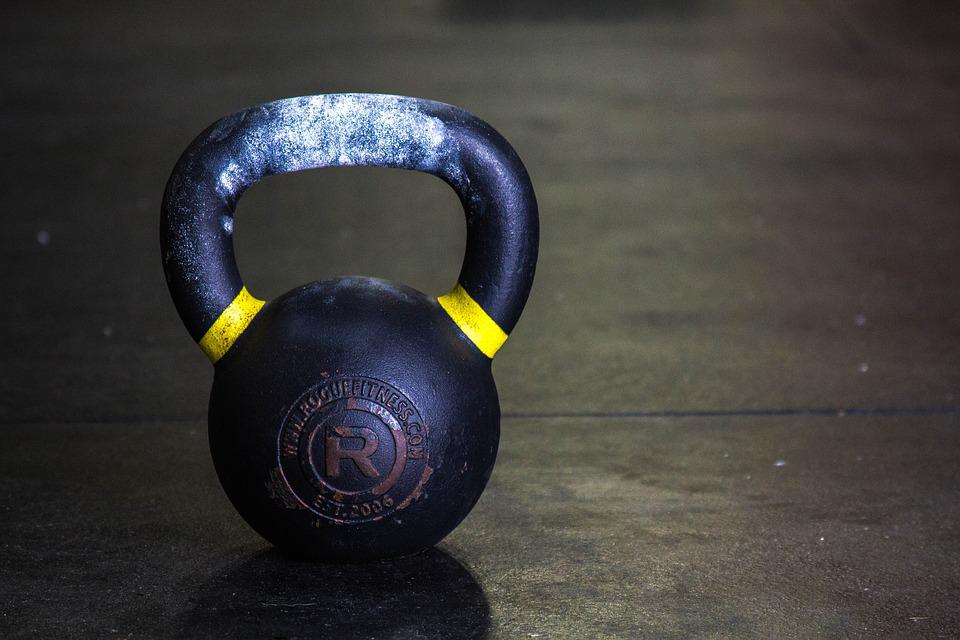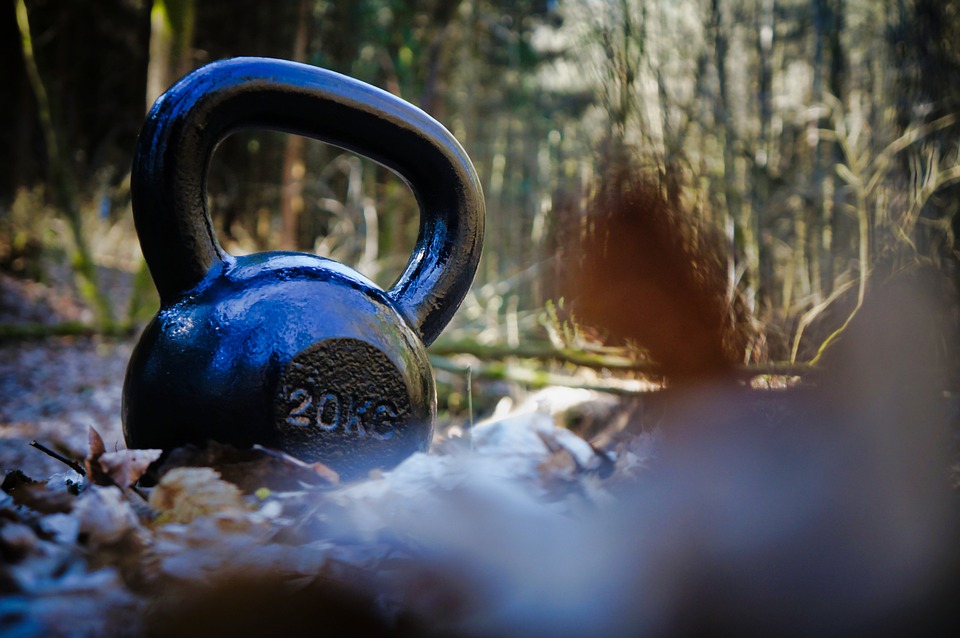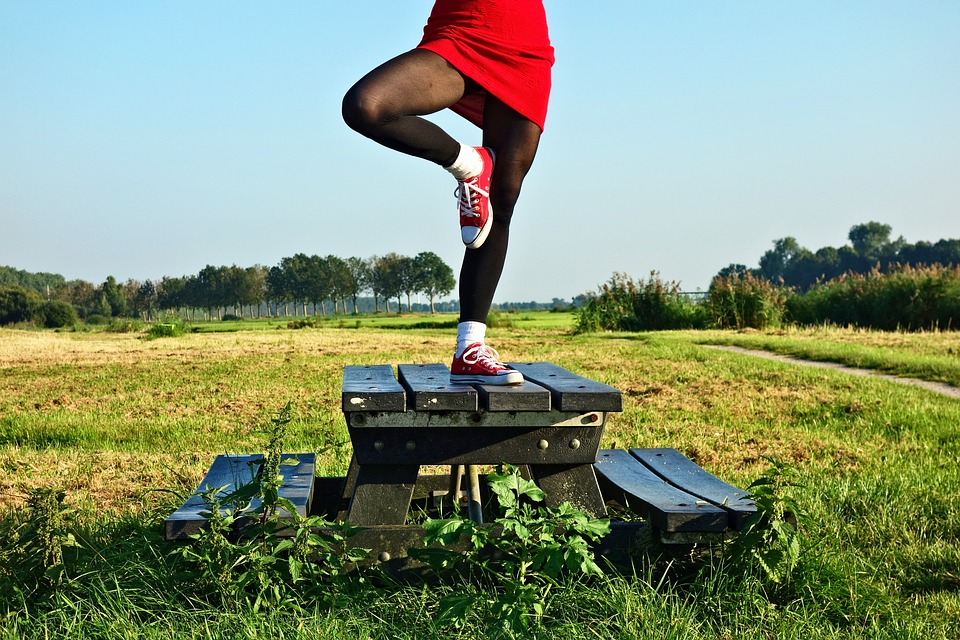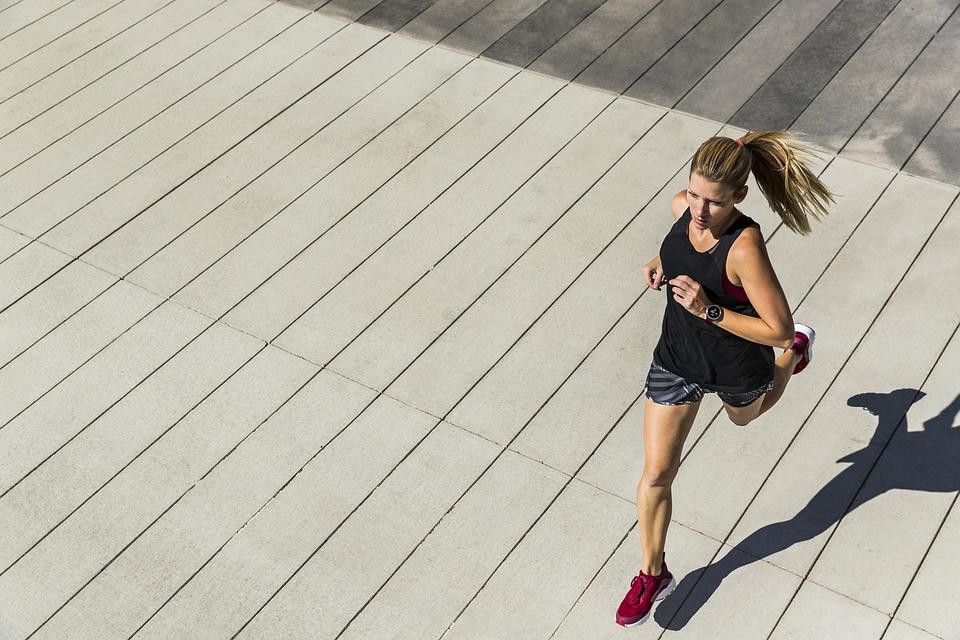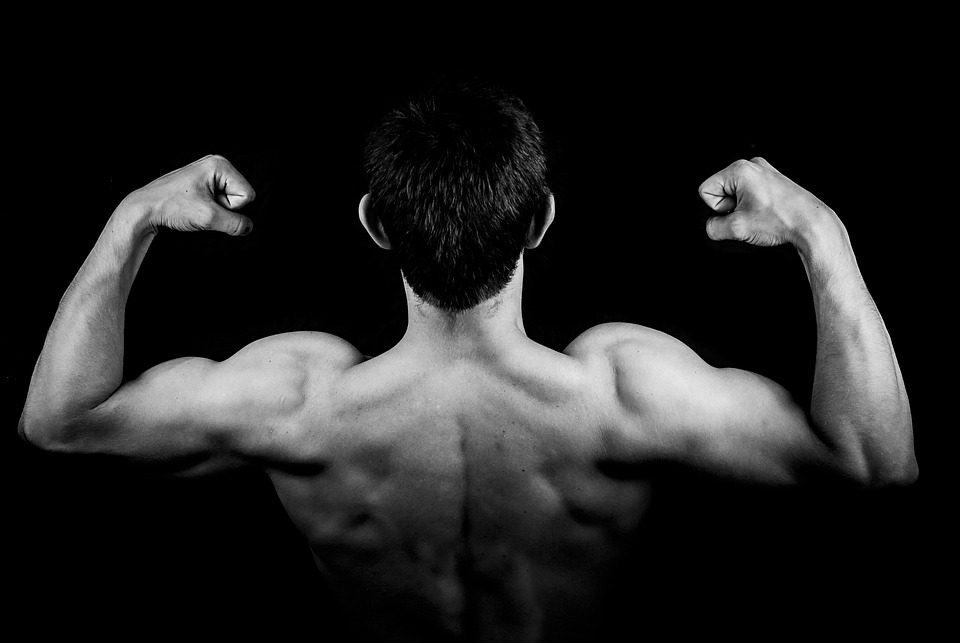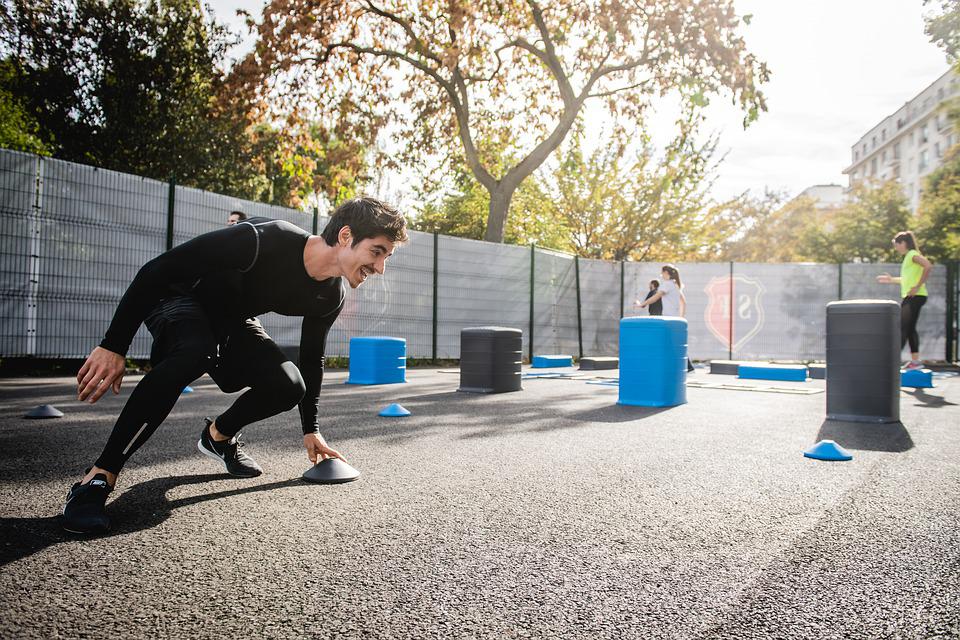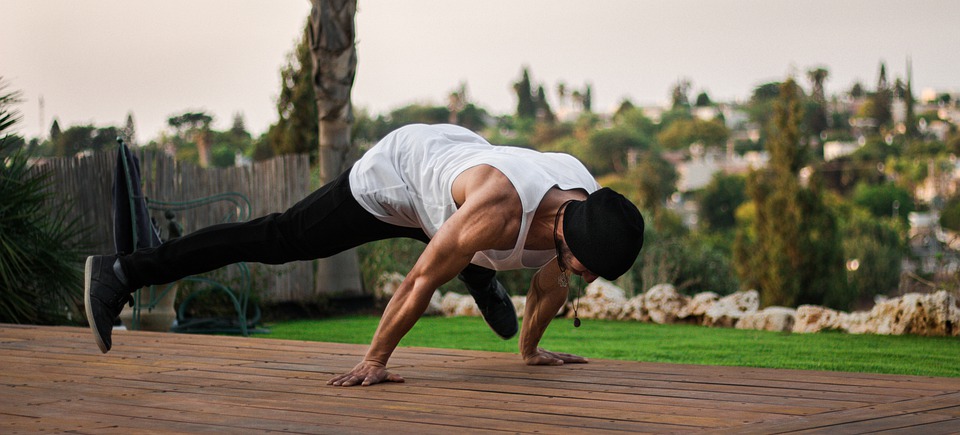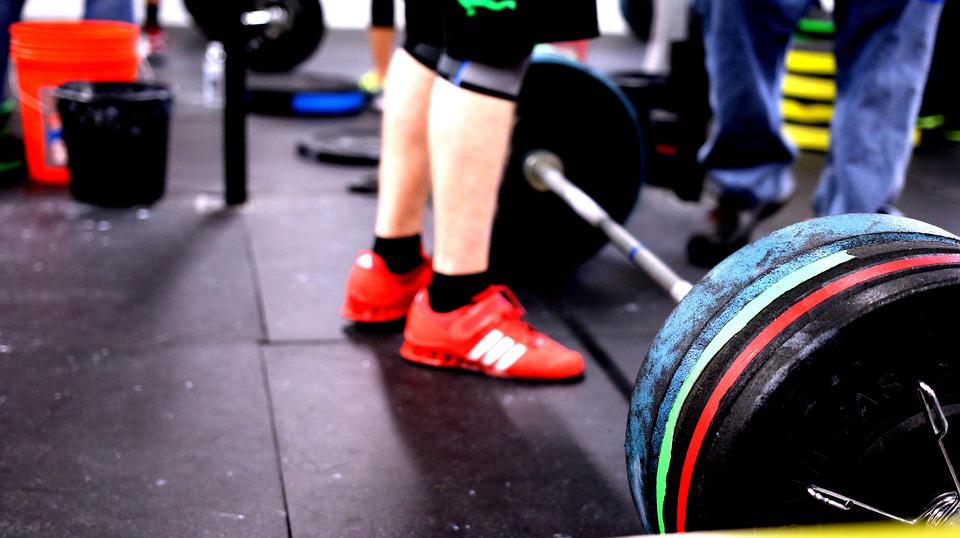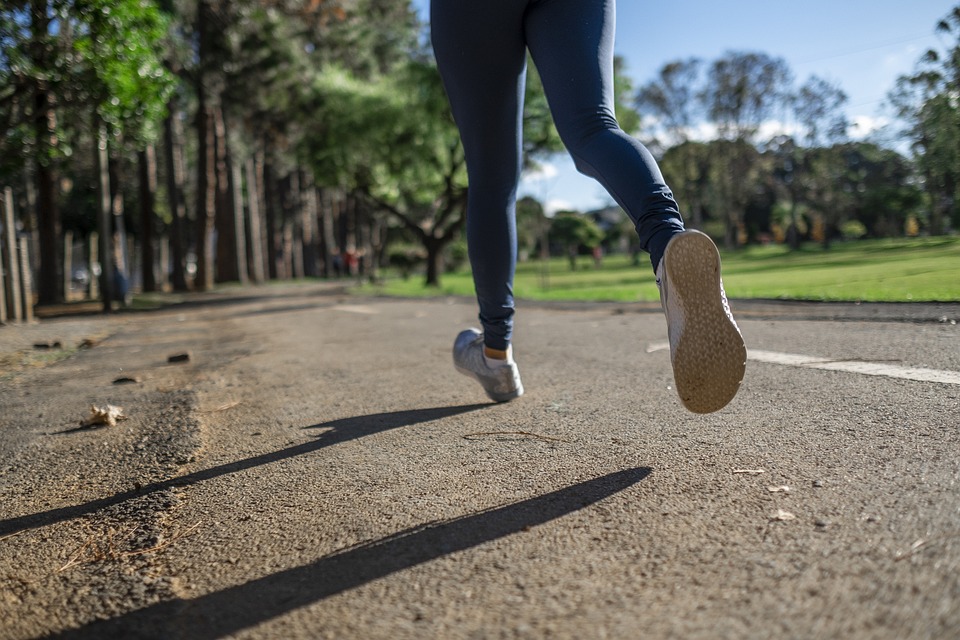
Hamstring Anatomy
Your hamstrings are made up of three different muscles that work together to flex your knee and extend your hip. The muscles in this group are the biceps femoris, semimembranosus, and semitendinosus.
They extend from the lower portion of the hip bones to just below the knee on the back of the leg. The biceps femoris muscle runs down the lateral side of the posterior thigh, while the semimembranosus and semitendinosus muscles run down the medial side. The muscles typically work together and can be targeted to a certain extent.
Since the hamstrings cross more than one joint, they are responsible for hip extension and knee flexion. It is possible for them to do either hip extension or knee flexion individually, or at the same time. The hamstrings work with other muscles to rotate the hip inward. This article will not cover the hammers as internal rotators, but be aware that they do play a role in that capacity.
The 9 Best Leg Exercises For Size And Strength
There are leg exercises for two different purposes – either to make your muscles sore for days or to add strength and coordination to your daily activities. These exercises will help you achieve either goal.
Back Squat
The Back Squat is often seen as the best lower body exercise – and this is fair. This exercise not only challenges the muscles in the lower body, but also requires the muscles in the upper body to stabilize the load and protect the spine. Making this exercise part of your routine will make it one of the most useful full-body exercises you can do.
The back squat also strengthens a movement pattern we use regularly. The ability to squat has been associated with increased quality of life and increased mobility in older adults, making it a top priority.
How to Do the Back Squat
Place a barbell into a squat rack around shoulder height. Position yourself with the barbell across your upper back. Keep your back contracted and the barbell in your hands to keep your body connected to the barbell. Before you lift the weight off the rack, take a deep breath in to help support your back.
In order to do this exercise, take a few small steps backward until your feet are in a position that is hip-width apart, or a little wider if that is more comfortable for you. Squat down until your upper legs are parallel to the floor, keeping your core braced. By pushing your feet down into the floor, return to the original starting position.
Conventional Deadlift
The conventional deadlift is often thought of as a back exercise, but it actually provides many benefits for leg development. The deadlift is not only a great way to test your strength but also requires force production from different parts of your body, such as your feet, legs, glutes, core, and upper back, as well as your grip.
Although the deadlift technique is not complicated, it can take some time to perfect. So take your time, practice, and increase your weights responsibly. The deadlift is a barbell exercise that allows lifters to move heavy weights once they’ve learned the proper form. This is because the glutes and hamstrings have a lot of strong potentials.
How to Do the Conventional Deadlift
To begin, stand in front of a loaded barbell with your feet shoulder-width apart, and position the bar so that it is just over the knots of your shoelaces. Grip the barbell with a shoulder-width, palms-down grip and allow your hips to drive back and your knees to bend slightly.
Keep your back and torso rigid and your arms straight. Start the lift by pushing your feet into the floor and pulling your chest and shoulders upwards.
Sumo Deadlift
The sumo deadlift is not popular among people who are interested in strength. Some people in the fitness community believe that sumo deadlifts are “cheating” because they involve a shorter range of motion than conventional deadlifts.
The sumo deadlift is a good workout for building muscle and strength, no matter what your hair color or how popular you are. Like its conventional counterpart, it shares many benefits and qualities that make it beloved.
There are often three factors that people consider when choosing between the sumo and traditional variations of the deadlift – preference, limb length, and mobility. The sumo variation of the squat challenges the lower body muscles differently than the conventional squat due to the widened foot position, which puts more emphasis on the quadriceps and adductors relative to the hamstrings.
How to Do the Sumo Deadlift
Place your feet about hip-width apart with your toes turned slightly outward. Stand with a loaded barbell over your shoelaces, feet about hip-width apart and toes turned slightly outward. Your feet should be shoulder-width apart with your toes pointing outward. Keeping your back straight, drive your hips backward and allow your knees to bend as you grip the barbell inside of your legs. Grip the barbell at shoulder-width with your palms facing downward.
Maintain a stiff back and upright posture, keeping your arms extended straight. As you lift the bar, push your feet into the floor and pull your chest and shoulders upwards.
Heels-Elevated Trap Bar Deadlift
Many lifters use a trap bar to deadlift because it is a good way to build lower body strength while minimizing the load on the spine and lower back. The trap bar positions your arms so they are by your sides, as opposed to in front of your body. The neutral position increases stability in the shoulders and upper back, while also reducing the amount of strain on the lower back.
The trap bar’s design means that your hands are kept by your sides, meaning that the weight is nearer to your body’s center of gravity. This allows for a more comfortable and upright torso position. The added benefit of elevating your heels is that you can achieve more knee flexion, which increases the emphasis on the quads.
How to Do the Heels-Elevated Trap Bar Deadlift
Put an inclined wedge or a few small weight plates on the ground inside of a loaded trap bar. Place your feet on the wedge (or plates) with the heels up and the balls of the feet touching the ground. Keep both feet facing forward, parallel to the handles.
Begin by driving your hips back and bending your knees while gripping the handles securely. Keep your back and torso rigid and arms straight. Use your feet to push down into the floor while simultaneously pulling your chest and shoulders upwards to lift the weight.
Leg Press
This is a machine-based movement that is similar to exercises like the back squat or hack squat. This exercise does not require you to support heavy weights with your upper body, so you can use more weight than usual. The leg press is a go-to exercise for building stronger legs because it focuses on the lower body.
This exercise is especially good for safely performing more advanced techniques such as rest-pause sets or drop sets because the weight plates can be loaded and unloaded easily and quickly.
How to Do the Leg Press
Sit in the leg press seat and position your feet in the center of the platform, approximately shoulder-width apart. Do a few lifts without any weight to make sure your feet are in the right spot.
Push the sled away from the resting position, move the safety bars, and lower the sled towards your chest until your thigh-knee angle is about 90 degrees. Push the sled upward by applying pressure to the platform with your foot. A good way to tell if the weight is too low for you to lift safely is if your lower back or hips come off the seat.
Hack Squat
The hack squat is a movement that was created by George Hackenschmidt in the early 1900s. The squat and leg press are great exercises for building leg muscles, and this exercise is a close relative that provides training variety.
The hack squat machine helps reduce lower back strain and allows you to work harder without getting as tired.
How to Do the Hack Squat
Stand on the platform with your feet shoulder-width apart or slightly wider than shoulder-width, which is similar to your stance when squatting. Make sure your hips and upper body are touching the back support, and your shoulders are close to the shoulder pads. Keep your head in a neutral position, resting it on the pad if there is one available.
An empty barbell or no weight may help you get comfortable with the entire range of motion. Squat down by bending your knees and hips at the same time, until your thighs are about parallel to the floor. Start from a low position, then push up into the platform, and come back to the starting position. Make sure your feet are flat the whole time.
Bulgarian Split Squat
The split squat is a great single-leg exercise for increasing muscle size and strength. The one-sidedness of the movement makes it difficult to coordinate and maintain balance throughout the body.
Most importantly to the goal of building muscle, this exercise creates a high level of fatigue in the target muscle. Even without added weight, the Bulgarian split squat can be challenging enough to stimulate growth.
How to Do the Bulgarian Split Squat
With a dumbbell in each hand, stand two feet in front of a bench or box.
Place one foot back on the bench with your laces down. Brace your core muscles and pull your shoulders back, once you are balanced.
Bend your back knee down toward the ground while your front knee bends to 90 degrees. To start, press your front foot down into the ground from the bottom. Stand back up into the starting position.
Romanian Deadlift
The Romanian Deadlift, often known as the RDL, is mostly used to build muscle and strength in the hamstrings and glutes. This exercise also strengthens muscles in the upper and lower back, which are both necessary for lifts such as squats and deadlifts.
The RDL may not be as popular as other exercises for targeting the back legs, but it is one of the most effective exercises in the gym.
How to Do the Romanian Deadlift
With your feet shoulder-width apart, stand in front of a loaded barbell. Place your hands just outside the knees, gripping the bar with both palms down. Conventional deadlifts are the most popular way to deadlift. The bar is lifted from the ground to the top position where you hold it for a moment before lowering it back down.
To lower the bar, push your hips back while allowing your legs to bend slightly. The bar should be close to the middle of your shins. Raise the weight by extending your hips until you are in the upright starting position.
Nordic Hamstring Curl
The Nordic hamstring curl is a movement that strengthens and increases the endurance of the hamstrings using only your body weight. Minimizing hip flexion and maximizing hip extension during the swing phase of sprinting gait reduces hamstring loading and the risk of injury.
One aspect that makes this exercise unique is the focus on the eccentric (lowering) portion of the rep, while most exercises concentrate on the concentric (lifting) portion. This exercise can be performed by people of all fitness levels because there are several easy variations and regressions which can be used to make the exercise more or less difficult.
How to Do the Nordic Hamstring Curl
Start by kneeling on the floor with both feet anchored beneath something sturdy, most commonly a heavily loaded barbell. A partner can also help by holding your ankles. Extend your arms in front of you, with a straight torso, and slowly lower your hands towards the floor. The more horizontally you position your body, the greater the challenge to your hamstring muscles as they must support more of your body weight.
Use your hands to catch yourself and push your body back up to the starting position while you curl your hamstrings. As you improve, try to lower your chest to the floor and raise yourself using only your abdominal muscles.
Common Mistakes
Here are a few things to avoid when building your hammies:
- Trying to max out a hamstring curl – Curls are usually an isolation movement. This means that there is not much benefit and quite a bit of risk when trying to load them maximally.
- Curling when the hips are in anterior pelvic tilt – Since the hamstrings are attached to the hips, people with anterior pelvic tilt can end up with a strange sensation of tightness when their hamstrings are actually in a lengthened position. If your hips are dumped forward and stretching only seems to make your hamstrings feel tighter, you probably need to focus more on gaining strength in both your rectus abdominis and your hammies. Over time, this should return your hamstrings to a more appropriate resting position.
- Using the calves – When completing a hamstring curl, many people tend to point their toes down. This actually activates the claves, taking much of the work away from the hamstrings. To truly isolate the hammies, point your toes towards your shins to disadvantage the calf muscles. This is called dorsiflexion. Your ability to remain in dorsiflexion will rely largely on your hamstring strength as well as the exercise is done. Remaining dorsiflexed for the entirety of the rep will be much more difficult (and somewhat impractical) for exercises such as walkouts that rely on other muscles for stability.

